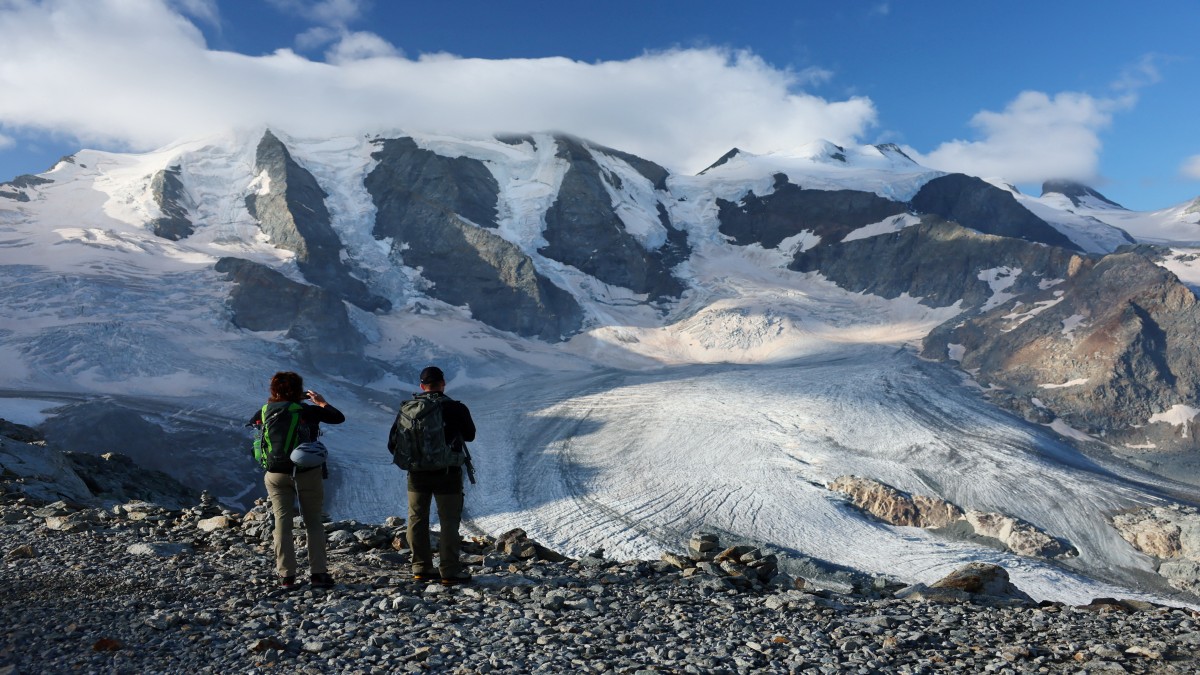“Climate change is no longer some far-off problem; it is happening here, it is happening now,” Barack Obama once said.
A great deal of the planet’s natural beauties are slowly vanishing.
This realisation has resulted in a rise in “last chance tourism,” a notion that evokes both excitement and anxiety.
Travelling is no longer only about enjoying an escape; it’s also about seeing places on your bucket list that might not be around for long.
Here’s all we know about it.
What is last-chance tourism?
Last-chance travel is a trend that gives tourists the option to take on unique adventures in the rapidly diminishing beauty of nature. It is driven by social media hype.
The belief that certain travel locations have a finite lifespan drives the trend.
Numerous natural wonders of Earth, including glaciers, coral reefs, and archipelagos, “are at risk of damage and disappearance” as the world warms, according to Desiree Ibekwe of The New York Times.
This is also the reason these places are quickly rising to the top of the list of places to visit.
What is its impact?
Many tourists feel compelled to explore melting glaciers and disappearing forests as soon as possible.
But the paradox is unkind. We are driving natural wonders closer to extinction the more hastily we attempt to see them before they vanish.
This is because of the greenhouse gases that tourists emit while visiting these susceptible locations.
A 2021 research published by the World Travel and Tourism Council estimates that eight to 11 per cent of the world’s greenhouse gas emissions are attributable to travel.
The latest IPCC report is alarming, predicting that glaciers could lose up to 80 per cent of their mass by the end of their century and that over 90 per cent of coral reefs could bleach by 2050.
Experts warn that the latest travel trend threatens to accelerate the cycle of destruction.
NYT correspondent Paige McClanahan says throughout history, “humans have raced to be the first to scale a peak, cross a frontier, or document a new species or landscape,” but “now, in some cases, we’re racing to be the last.”
However, defenders of tourism point to the advantages for underprivileged communities.
According to The Times, 333 million jobs worldwide were fuelled by the tourism industry in 2019, and roughly one-sixth of the world’s population was dependent on it for employment.
Additionally, research suggests that going to an ecological site could make visitors more conscious of their own environmental influence.
Eighty per cent of summer tourists to the greatest glacier in the French Alps, Mer de Glace, stated in a 2022 survey that they would “try to learn more about the environment and how to protect it.” About 82 per cent of them said they would no longer travel to glaciers in order to protect them, and 77 per cent indicated they would use less water and energy.
According to The Independent, which quoted Rachel Dodds, a Toronto-based professor of hospitality and tourism management, long-term planning is necessary to safeguard environmentally sensitive tourism destinations.
“Without proper management and thinking about the limits to acceptable change, places are being ruined beyond repair. Tourism is planned for the short-term, and policies or plans are not developed with the medium or long-term impacts,” Dodds said.
Which are the popular last chance destinations?
Amazon Rainforest, South America: Known as the “lungs of the Earth,” the Amazon Rainforest is being destroyed by illegal logging and deforestation. Travellers interested in ecotourism visit the Amazon to witness its unique natural beauty and biodiversity, while governments and environmental groups try to slow the harm.
Antarctica: This beautiful island is being swiftly affected by climate change, putting species at risk and causing ice to melt.
Maldives: Many people travel to the stunning islands while they can because they could disappear owing to climate change and increasing sea levels.
Galapagos Islands, Ecuador: Increased tourism and environmental changes pose a threat to the unique species that inhabit these islands.
Venice, Italy: It’s a race against time to explore this old city’s distinct charm because rising sea levels and regular flooding pose a threat.
Machu Picchu, Peru: The ancient site is also being affected by the effects of increased travellers and environmental pressures.
Great Barrier Reef, Australia: This famous reef is under danger due to environmental deterioration and coral bleaching.
Himalayas, Nepal/Tibet: A stunning location for hikers and explorers, the Himalayas are home to some of the highest peaks in the world, including Mount Everest . Threats to the area, though, could alter its natural features and cultural legacy.
Dead Sea, Jordan and Israel: Known for its very salty water and medicinal properties, it is one of the most unique natural wonders in the world. However, because of water diversion from its tributary, the Jordan River, it is fast disappearing, with water levels falling at an alarming rate.
The Arctic, Canada: The Arctic is warming nearly four times faster than the global average. By 2050, it’s expected to be free of ice during the summer. However, the rise in last-chance tourism has sparked a row between those who warn of the environmental damage it is creating and those who depend on tourism revenue to survive.
With inputs from agencies


)

)
)
)
)
)
)
)
)



